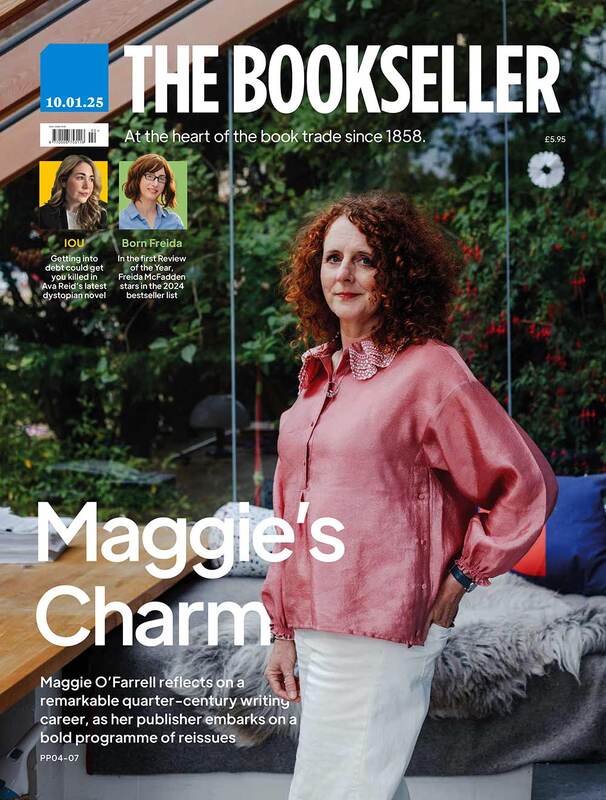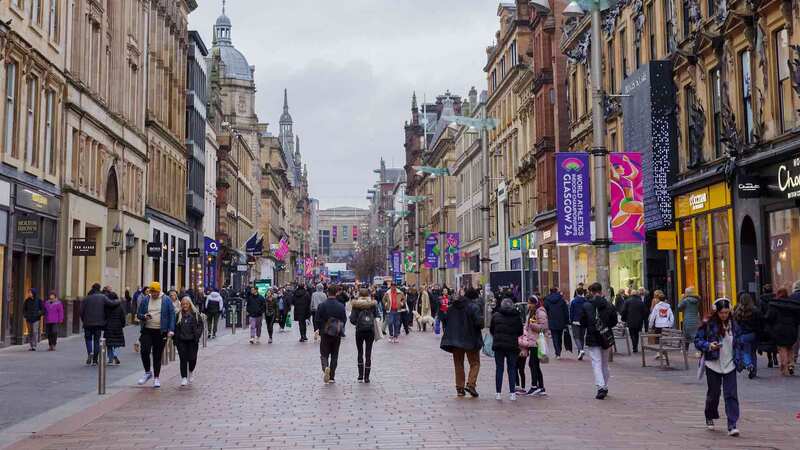You are viewing your 1 free article this month. Login to read more articles.
Publishers must help bookshops bounce back
The UK book publishing industry has boomed during the pandemic, with Publishers Association figures showing the consumer market grew 7% last year to hit £2.1bn. Several publishers have reported stunning growth rates and chunky margins, as their sales increased and costs plummeted.
Books provide a welcome escape from screens and notifications. They offer an alternative to reality, or the chance to understand it better. They’re cheap, and you can enjoy them at home. In short, books were ideally suited to help us get through the past 15 months, and the industry thrived as a result.
Why, then, are so many in publishing worried? Speaking to people in the industry, the thing that keeps coming up is the fate of bookshops. Bookshops are not just where people buy their books, they are the most important point of contact between publishers and readers, where new titles get promoted, where carefully curated displays catch the eye. Books are sold in bookshops, not just bought.
No substitute
The UK’s advanced e-commerce infrastructure was a blessing; without it, the trade would be on its knees, as we see in some other markets. However, online retailers are not a great substitute for offline bookshops. They are great for shipping a bestseller to you in a single day, or for finding that copy of an obscure title that no bookshop has on its shelves. They come at the end of a customer journey, when you already know what you want. Of course, people do discover books online, but they do so in WhatsApp conversations, by scrolling #BookTok or watching YouTube. They don’t pop into Amazon to see what’s on the shelves. Customer journeys online are complex, even chaotic, and publishers are only starting to grapple with how to guide them.
It’s hardly surprising, then, that people bought different books last year, while shops were shut for long stretches. Backlist did well, and débuts were tough where they went ahead at all. Data from Nielsen shows that the typical book sold in 2020 was older than in 2019, particularly outside the top sellers. The shape of what people were buying changed so dramatically that keeping all books in stock and judging print run sizes became, at times, next to impossible.
Online, the dynamics of unlimited catalogue and viral success mean the bestsellers sell better, the long tail is much longer, and books in the middle of the distribution—those titles that won’t inevitably sell a boatload, but could do well if put in front of the right readers—suffer.
That midlist is a vital part of publisher profitability, and while a shift to the backlist might look good on a P&L, it should be obvious that at some point you need new titles. According to Nielsen, only 40% of the top 5,000 consumer titles in 2019 were published that year, but they accounted for 56% of sales value, mostly books outside the top 100. There is no proven alternative to dedicated physical bookshops to support this part of the ecosystem. Now, with a complete return to city centres unlikely, tourism in question and e-commerce ascendant, the future of those shops is dim.
The next steps
What can publishers do? The first priority is saving the shops. The industry is not ready to go online-only. Reward readers for visiting a bookshop, with events, special editions, even just custom bookmarks. If that’s not enough, publishers may have to adjust their terms so more revenue flows to bookshops. This might be expensive, but it will be less costly in the long run than a hollowed-out bookselling sector.
Second, build an online bookselling infrastructure. Amazon is a great place to buy books, but that doesn’t mean it’s a great bookshop. Publishers need dedicated booksellers who can promote new titles and aren’t just as happy selling batteries as books. Maybe even ones who see books as “essential”. Customers are more willing than ever to try new online shops, as logistics and payments have become simple and reliable. The past year has seen an explosion in small, specialised sellers of apparel and homeware. There is room online for passionate, community-based bookshops focused on one genre or theme, as well as more competition for big online shops.
Third, learn how to reach customers online. There is a massive opportunity here: even the most avid reader spends more time on social media than they ever spend in bookshops. Publishers and authors need to meet readers where they are, and pitch them the titles that sales teams pitch to bookshops. This might even level the playing field for smaller independent publishers, who find it difficult to get time with buyers at big chains, but who often have a strong social presence and a loyal following. Protecting the old does not mean shunning the new.
UK publishers have had a good year. Now is the time to invest in bookselling, to safeguard the future of the sector as a whole.
Joseph Evans is head of tech at Enders Analysis and co-author of the research company’s latest report, Trade books in the pandemic: fair retail ending








